Class AB VS Class D Amplifiers || Which one is right for me?

When it comes to amplifiers for your car audio system, there are several different classes to choose from. Two of the most popular options are class AB and class D amplifiers. In order to compare these two, we’ll quickly put them into context of two other types, and then we’ll zero in and help you choose the right type of amplifier to meet your wants, your needs, and your audio goals.
What about Class A? Class B?
We won’t be digging in too deep when it comes to A and B amps, but let’s go over the basics quickly. Class A amps are not practical for car audio. Their output transistors are always on and receiving power, which generates a lot of extra heat.
While class A amplifiers can offer a clear, hi-fi sound, once you start to weigh the pros and cons overall, it makes sense that AB, or even D, are the more commonly used amps for cars. Class B doesn’t get as hot as A, but it also doesn’t offer the same quality of sound.
With that out of the way, let’s clear the path for the stars of the show...


About Class AB Amplifiers
Class AB amps take the best traits from each of their namesakes (A+B), while trying to minimize the negatives. Class AB amps, like class A, enable current to always be flowing through the output transistors, however the key difference is that AB amps only allow a much lower level of electricity when they aren’t in use. By doing so, class AB amplifiers can keep a higher level of audio fidelity closer to class A amplifiers, while staying cooler and more efficient like a class B.


About Class D Amplifiers
Class D amplifiers take it a step further and they are even more efficient, and less hot, than their AB counterparts. The transistors in class D amps will quickly switch back and forth from receiving power and being on, to receiving no power and being off.
Being very efficient is a big plus when it comes to car audio, especially if it means the difference between having to upgrade your car’s electrical system or not.
All that extra efficiency comes with a price. The constant switching on and off creates more distortion than other types of amplifiers suffer from. On the plus side, that distortion happens at a very high frequency, and can often be addressed with a low pass filter.
Choosing the Correct Amplifier for Your Vehicle
Modern class D amplifiers have made huge strides over the years, and have improved quite a bit, even though some will dismiss them based on faults from a bygone era of amps. You’ll find people who will swear up and down that the sound from a class D amplifier makes their music nearly unlistenable, and other people who will promise you they can’t hear a difference whatsoever.
For the average listener, and even those who would consider themselves enthusiasts, it’s unlikely that having a class D is going to leave you disappointed. There’s a reason that class D amplifiers are rapidly becoming the standard in car audio. Still, you’ll want to make sure you’re getting a high-quality D amp if you’re going that route, since the extra potential for noise is going to be more drastic in cheaper and lower-end models.
AB amplifiers are based on older technology, but not in an obsolete way, more in a tried-and-true kind of way. They’ve been around the block, they’ve proven themselves, and there’s a reason that people are still using them after many decades. If you are unphased by less efficiency or a potentially more difficult installation and want your sound to be as clear as it can be while still staying at least semi-practical, and you’re someone who would hear the difference, then you’ve probably already made up your mind about which type of amp is best for you.
Regardless of which route you take, you’ve got a lot to look forward to, because proper amplification can bring your speakers (and your favorite songs) to life.
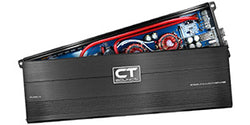
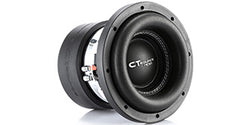
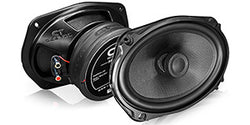
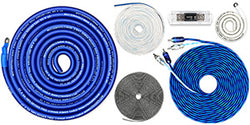
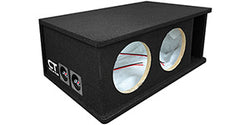
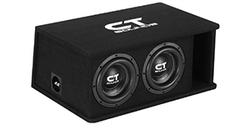
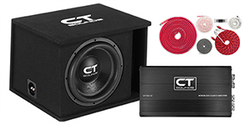




Leave a comment